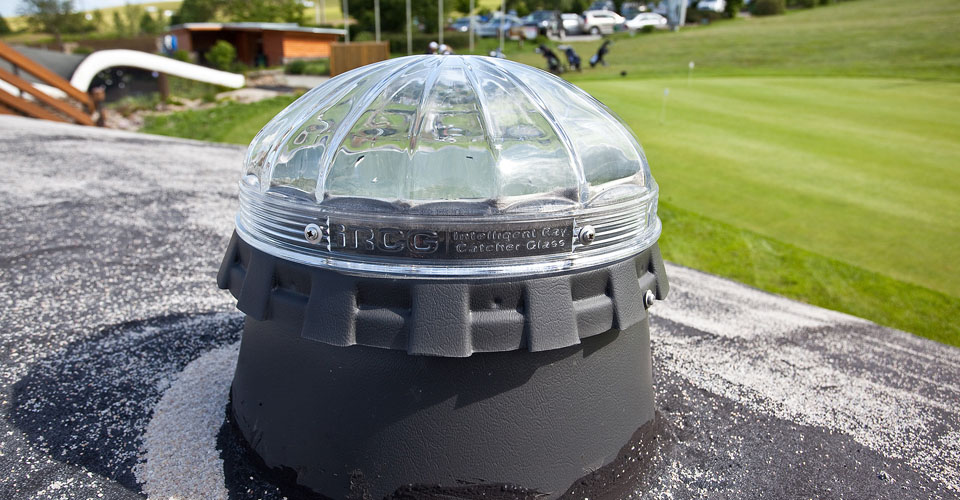
Lightway Crystal Sun Tunnels deliver abundant sunlight where it is needed and for a long time.
Why should you have the lights on at home during the day? How much money did your house cost? And you don’t even have sunlight in all the rooms?
7 Tips on how to select a sun tunnel and not get burned:
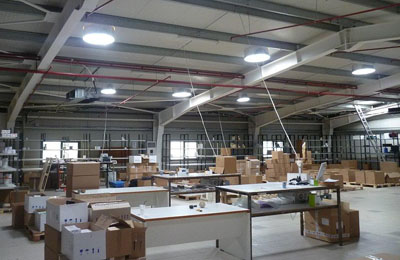
1. Which sun tunnel is suitable for you – sun tunnel suggestions
With sun tunnels, you should be advised by an experienced person who designs sun tunnels daily. Pay more attention to suggestions from roofers, carpenters, construction companies and suppliers. They mean well and want to help you, but sun tunnels are not their everyday field and they may not in all cases be professionally experienced enough.
2. What is a sun tunnel made of and how can we orient ourselves in it?
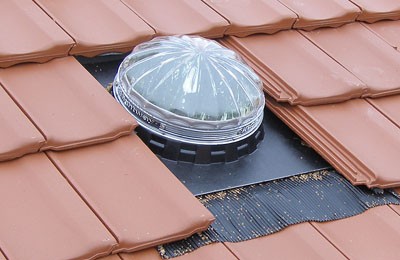
Roof Dome
They are usually made of plastic or glass, or the sun tunnel doesn’t have a dome but it is a skylight instead. Plastic domes are usually of polycarbonate, which is a very flexible plastic but very susceptible to scratching. It is not resistant to UV rays, which will whiten or yellow the dome after few years and thus reduce the light permeability by up to 50%. Such coloring of polycarbonates can be seen on skylights or old covers of car reflectors. Domes are made from this plastic because it is easy to shape and the raw materials are cheap.
Plastic domes can be produced from a quality plastic called Plexiglas. Its qualities are closer to glass. Its light permeability doesn’t change with time. Its surface is hard and smog and dust do not stick to or bake onto the surface. Each rain completely rinses it, making it self-cleaning. The surface is scratch-resistant against flying dust in strong wind. It has excellent optical characteristics and the ability to collect sunlight and send it down the tube. It doesn’t age under UV rays or temperature changes or moisture. Its disadvantage is, however, a higher price. Some producers don’t use a dome, but instead use a roof window to which they then attach a sun tunnel tube. This is an interesting solution, but only for spaces where a lower amount of sunlight is enough. The flat surface of a window reflects 30% of the light away from the sun tunnel at roof level. Smog and dust sticks more easily to its flat surface and it’s necessary to keep it clean. Snow sticks to the flat surface very easily, leaving no other choice but to crawl onto the roof and remove the snow or remain without sunlight and turn on a light during the day. There are also several kinds of surface profiles and internal reflectors for domes. These alterations are supposed to raise the amount of light the dome catches. It works, but only under clear sunny skies. Under overcast skies, when sunlight is most needed, such improvements act as obstacles to the entering of diffused light and the sun tunnel shines noticeably less. So if we want to pay extra for such improvements, we will have more light on clear sunny days but less light on overcast winter afternoons.
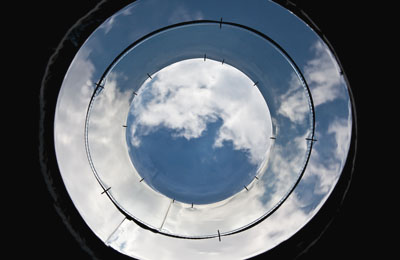
Tube
There are sun tunnels and there are “dark tunnels”. First, look at what the reflective layer inside the tube is made from. There are sun tunnels which, instead of a firm tube, use a flexible (soft and adjustable) tube. They’re more like sleeves than tubes. The material looks like stronger aluminum foil folded like an accordion and should extend to form a tube which guides light. Those who are attracted by the price, which is usually less than half, will have to switch on a light bulb inside it during the day and will get very little sunlight.
Then there are sun tunnels with firm aluminum tubes but their reflective surface is from foil which has been stuck onto the aluminum surface with glue. They have high reflectivity, nearly 100%. But this is true only for specific colors of the sunlight spectrum, not the same for all colors of sunlight. And what’s more, they have low directional reflectivity, only 50% of the rays under the typical reflective angle of 45 degrees continue through the tube to the diffuser. Their longevity is limited by the glued-on layer; it develops small air bubbles under the surface which can be seen when you look at the internal surface of the tube against the light. These bubbles cause great diffusion of reflected sun rays inside the tube (with every bounce off of the tube wall, the rays break down into many smaller ones) and the light loses its strength. The most expensive, but most efficient, variant are firm aluminum tubes which have their light-reflective layers produced by chemical vapor deposits in a vacuum and use many layers including silver. These tubes achieve a reflectivity, in the full color spectrum, of 98%, and in some colors 99.8%. They are developed using a complex production method with the optical and protective materials evaporated in a vacuum with hot plasma. Silver and silicon oxides are used among others, which maximize the optical characteristics of reflectivity. They have shining flat surfaces with low sun-ray diffusion and the ability to transport the unchanged colors of sunlight over long distances without a loss of intensity. They are resistant to changes of temperature and moisture in the tube. Their reflectivity is guaranteed for 25 years. Their only disadvantage is their high price.
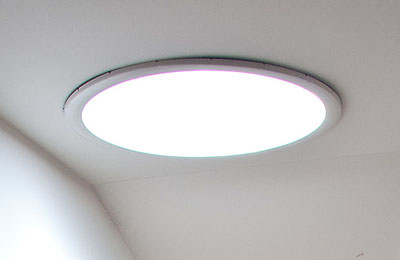
Diffuser - spreads light through the room
Its purpose is to evenly spread transported light throughout the room. There are basically plastic diffusers and glass diffusers and the same laws apply to them as with domes regarding resistance or non-resistance to UV rays, or high or low ability to let through sunlight. Glass diffusers don’t change color with time and don’t change the color of sunlight. Glass is a more valuable material for interiors than plastic and lasts a long time without signs of ageing.
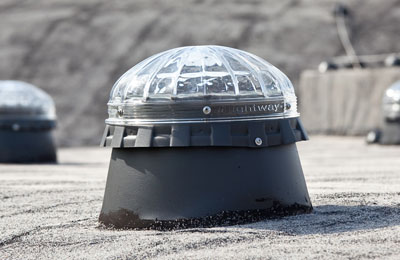
3. From which producer should you choose a sun tunnel?
There are about 30 producers of sun tunnels in the world. Most of them are in the USA. There are famous brands here, but even producers which make sun tunnels at home in their garage. Obtaining a reference and going to look at the place where their sun tunnels are installed and seeing them in action is a useful thing. After such a comparison we find out what the differences are.
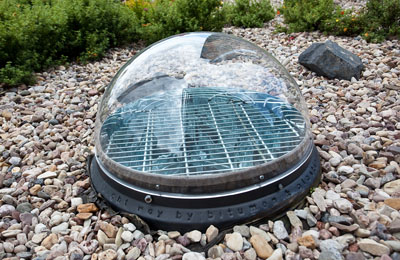
4. Which producer should you buy from?
There are many companies offering sun tunnels in their own assortments and they usually have a common denominator. They don’t want contact with the end-user, and they have a tendency to have their own distributors in the form of construction or roofing companies. How does the final specialized sun tunnel design then look? How many people must make a profit from its sale so that the sun tunnel gets to the customer and shines for him? When a company representative comes to you, or you visit them in their office, and you spend time with a person who makes technical designs for five types of sun tunnel every day, your purchase will be surer and higher quality. How will an equipment supplier respond to your complaints about leakage of condensed water? Will they be able to fix it?
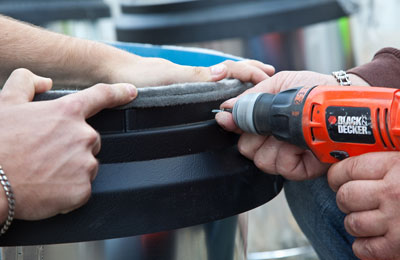
5. Who installs the sun tunnel?
It must be people who understand roofs; the first “must” is that sun tunnels won’t be troubled by leaking. Installers must be people who are careful and not overly hurried. They should be installers who install sun tunnels daily, because installing a sun tunnel isn’t as simple as it seems at first glance. An extensive guarantee and top-grade tunnel materials don’t ensure that a flawed installation won’t ruin everything and you’ll pay a lot of money for other troubles to your home. If you already have sun tunnels installed, or are installing right now, ask the installation company how they connected the vapor barrier to the tube? How did they ensure that water won’t leak from the sun tunnel in winter and you won’t have mould on the walls? They’re often surprised by such questions.
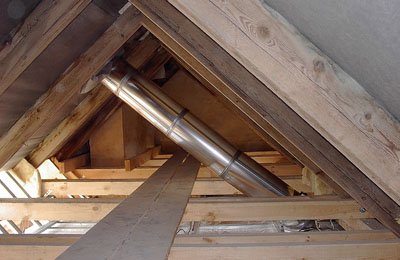
6. How long do you want your sun tunnel for?
Is 8-10 years long enough before you have the main components replaced? Some sun tunnels last 50 years. When do you want installers in your home again and worry about cleanup and organization?
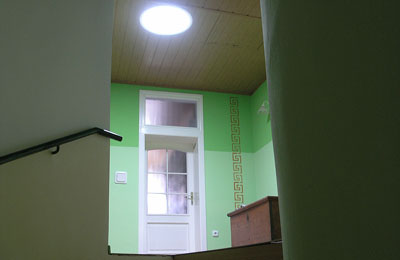
7. How much do you want to spend for a sun tunnel?
For a “dark tunnel” we usually pay up to 800 Euros. For a sun tunnel which lasts 8-10 years we’ll have to pay up to 1200 Euros. For a sun tunnel which constantly delivers an abundance of light over a long period of time without worry that water will leak onto the floor, we pay 1200-2000 Euros. When we divide the price difference between these last two types and the time length which the sun tunnel will function, how much more per year and per month is it over a difference of 40 years?

